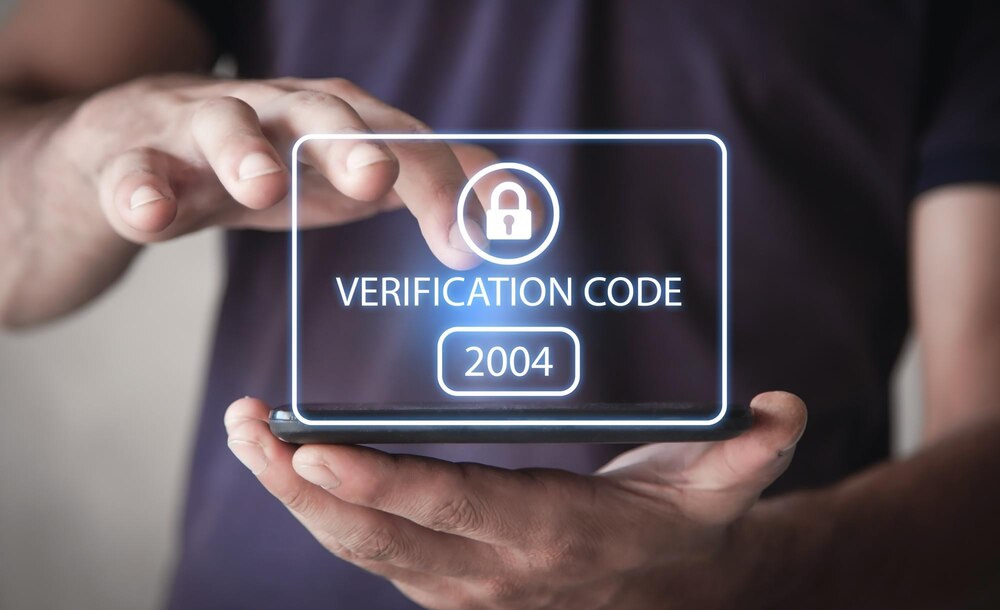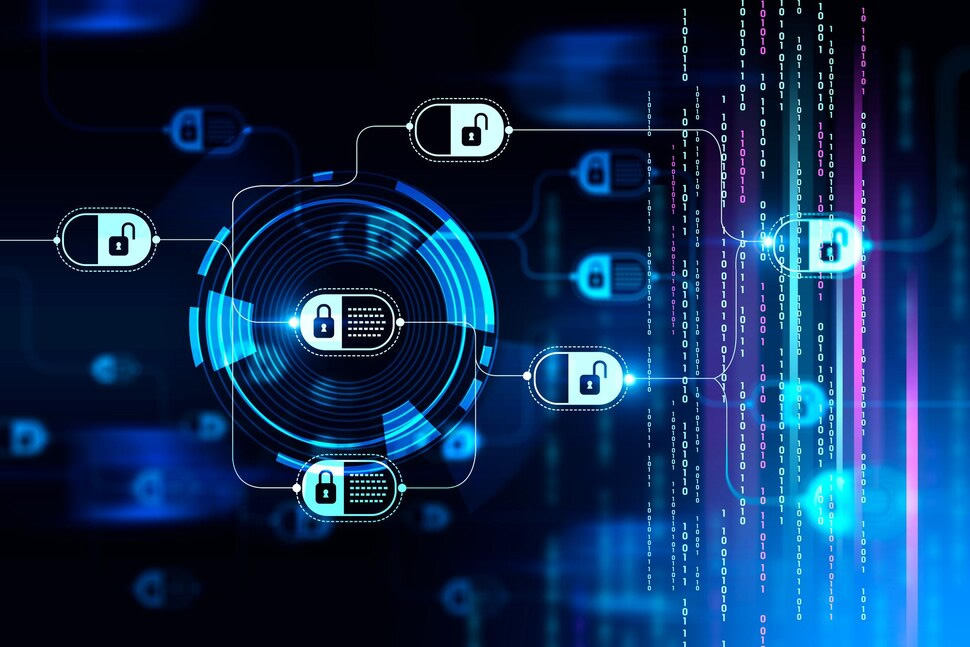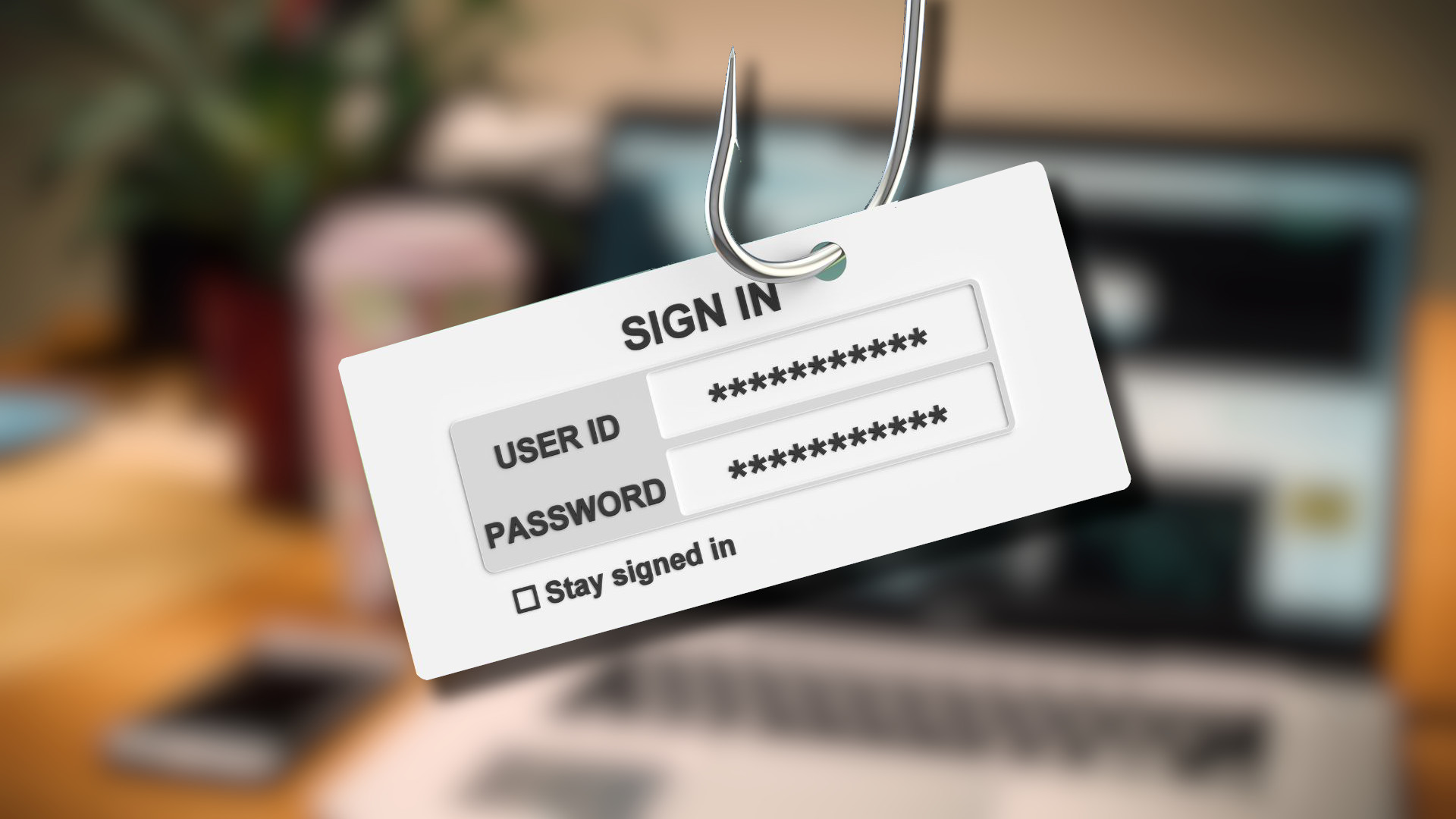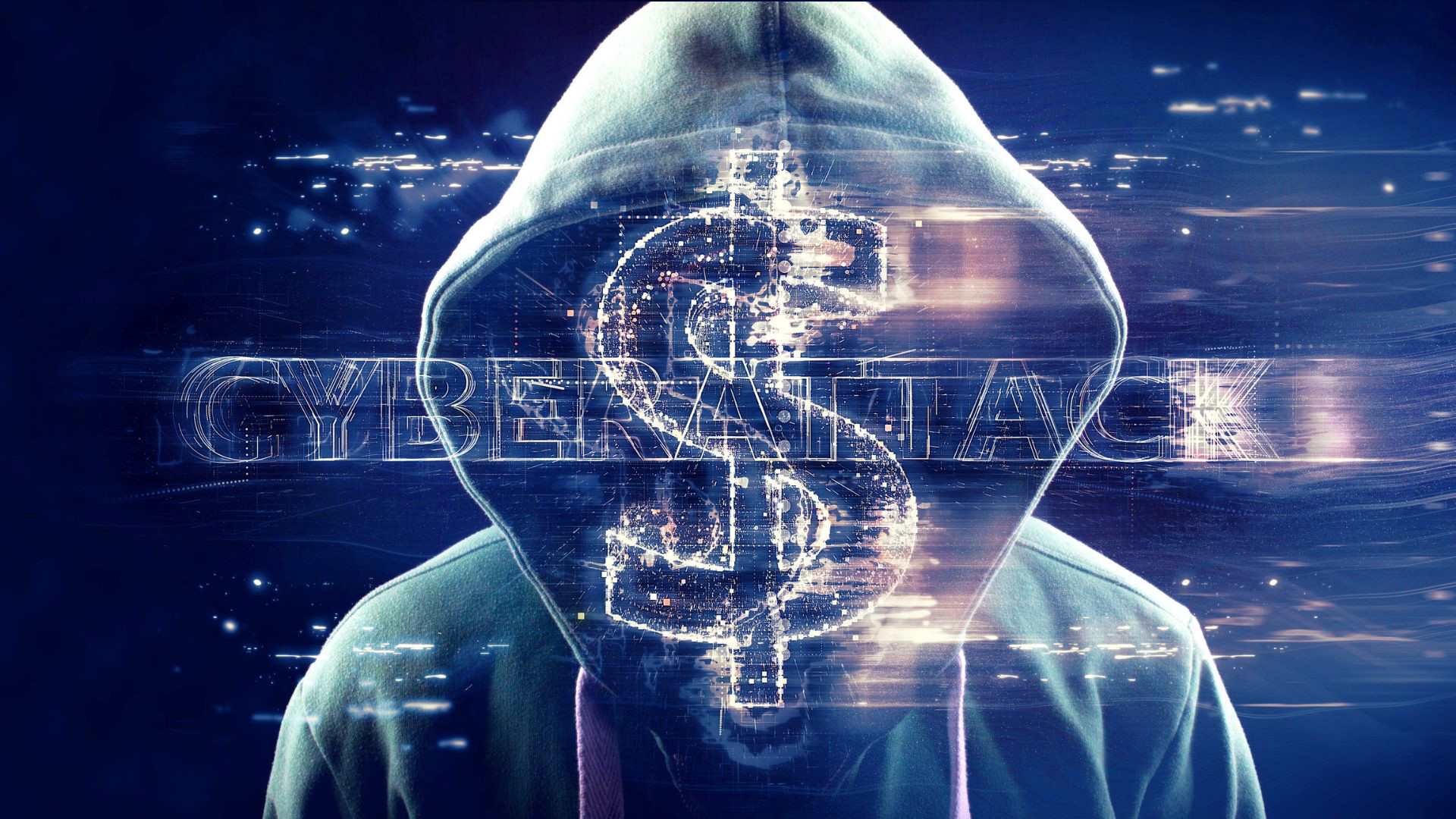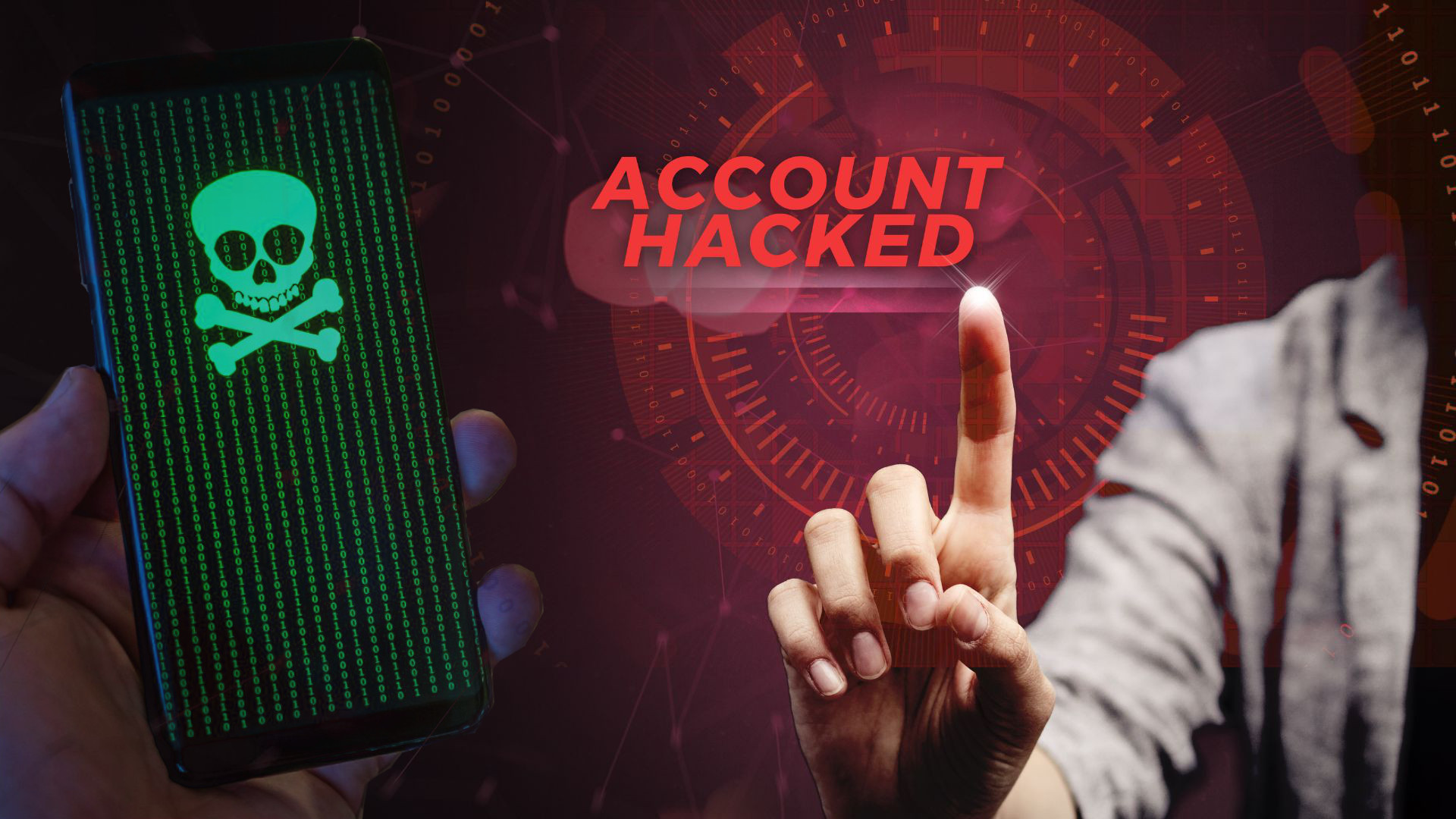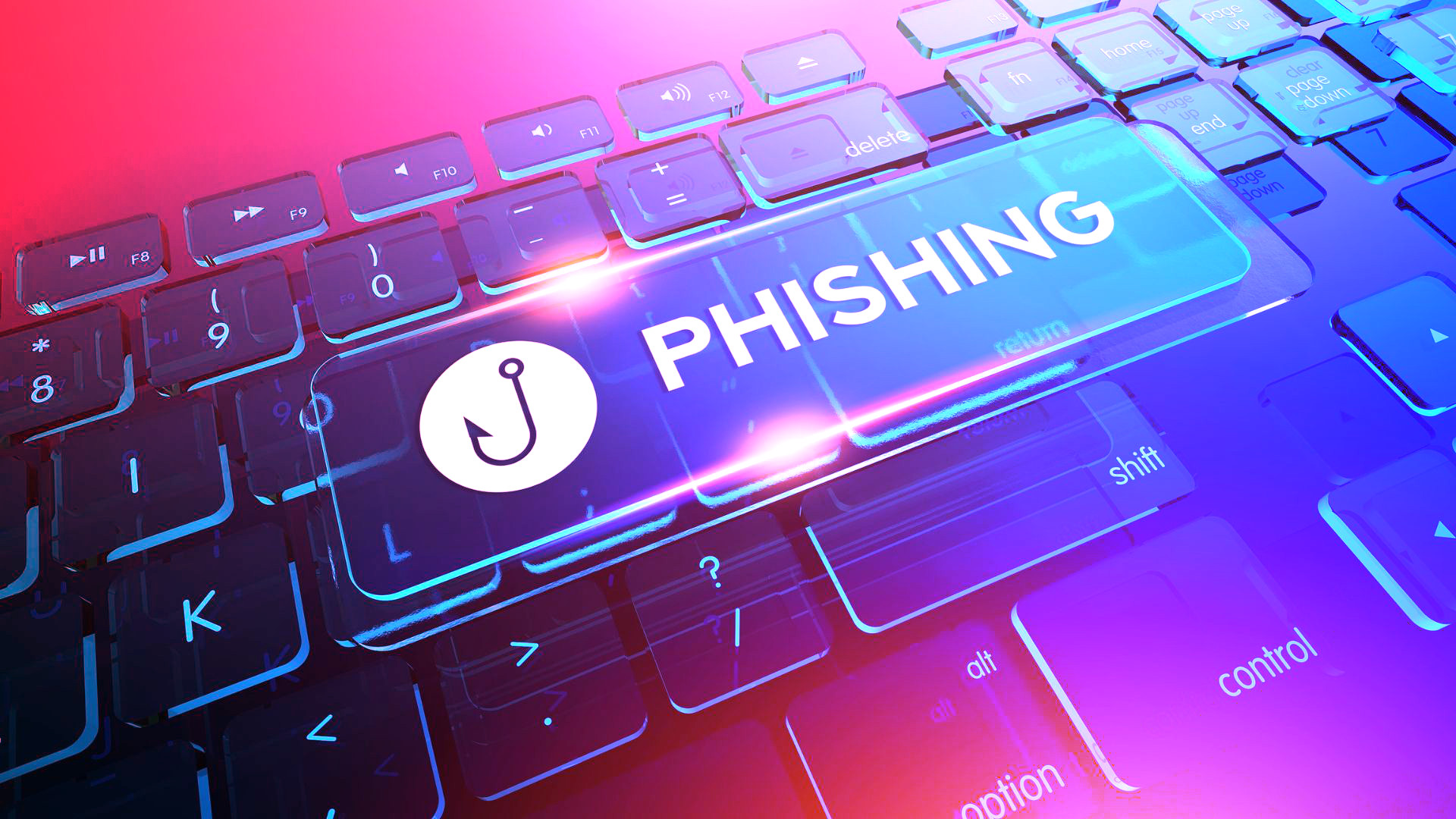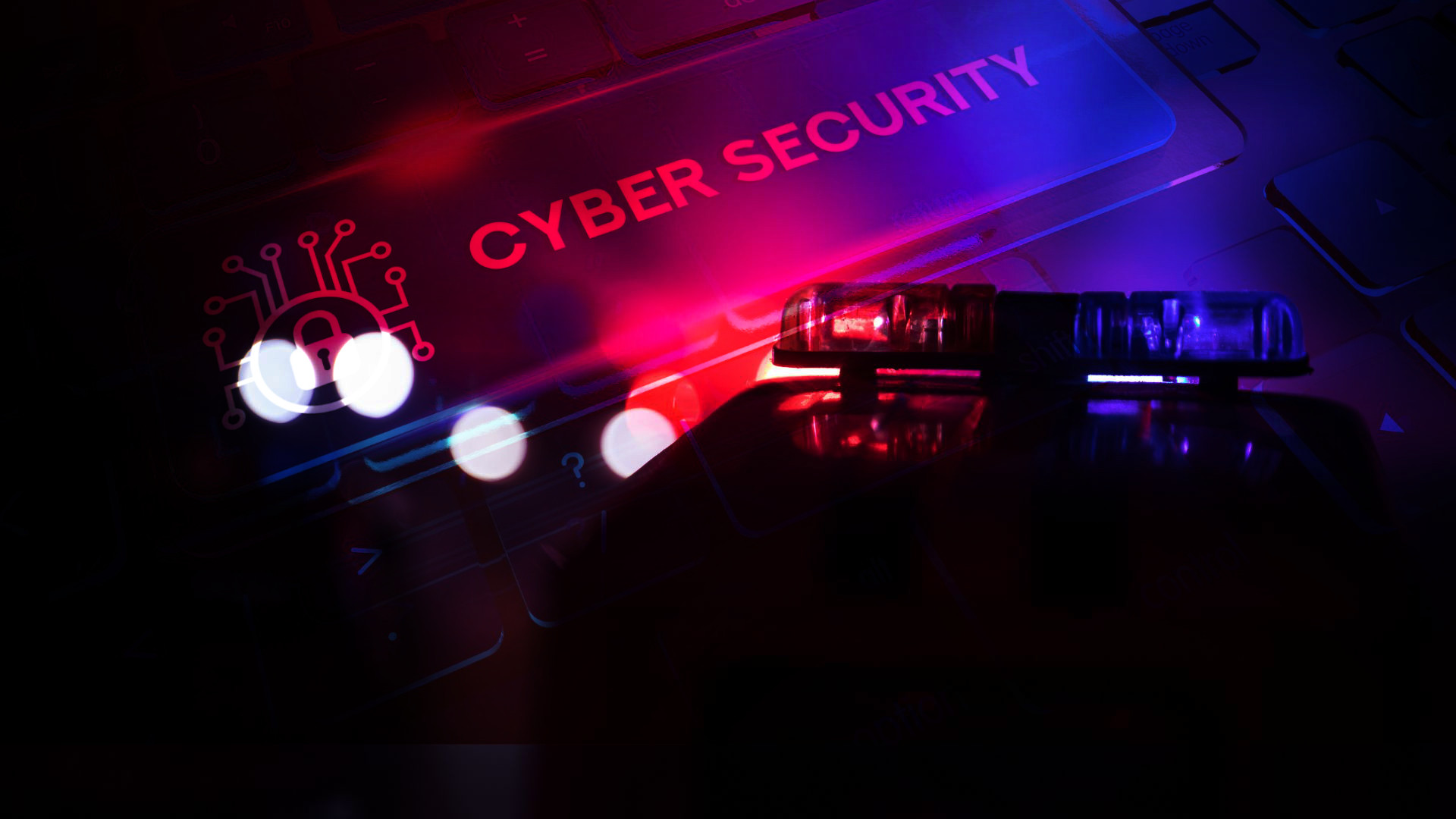In today’s digital workspace, cybersecurity has become a critical concern for businesses of all sizes. With the increasing reliance on technology and the internet, businesses are more vulnerable than ever to cyber threats. From data breaches and malware attacks to phishing scams and ransomware, the range of cyber threats is vast and constantly evolving. These threats can lead to significant financial losses, reputational damage, and operational disruptions. Implementing robust cybersecurity measures is essential for protecting sensitive information, maintaining customer trust, and ensuring the smooth operation of business activities.
This article aims to provide a comprehensive guide to cybersecurity solutions tailored specifically for businesses. We will explore the various aspects of cybersecurity, including the main goals, how it works, and the most pressing challenges faced by businesses today. We will also explore the seven layers of cybersecurity, what to look for in a cybersecurity solution, and the specifics of enterprise security solutions.
By the end of this article, you will have a clear understanding of how to choose the right cybersecurity solution for your business, ensuring that you are well-equipped to safeguard your digital assets against ever-evolving cyber threats.
Table of Contents
What Does Cyber Security Solve?

Cybersecurity is designed to protect businesses from a wide range of cyber threats that can disrupt operations, compromise sensitive information, and damage reputations. Understanding these threats and the potential consequences they pose is crucial for appreciating the value of robust cybersecurity measures.
Explanation of Cyber Threats Faced by Businesses

Data Breaches
Data breaches occur when unauthorized individuals gain access to sensitive information, such as customer records, financial data, or intellectual property. This can happen through hacking, social engineering, or exploiting vulnerabilities in software or systems.

Malware
Malware, short for malicious software, includes viruses, worms, trojans, and ransomware. These malicious programs can infiltrate systems, steal or corrupt data, and cause significant disruptions to business operations.

Phishing
Phishing involves fraudulent attempts to obtain sensitive information, such as usernames, passwords, or credit card details, by pretending to be a trustworthy entity. These attacks often come in the form of deceptive emails or websites designed to trick employees into divulging confidential information.

Ransomware
Ransomware is a type of malware that encrypts a victim’s files and demands payment for the decryption key. This can cripple business operations, as critical data becomes inaccessible until the ransom is paid or the malware is removed.

Insider Threats
Insider threats involve employees or other trusted individuals who misuse their access to company systems and data for malicious purposes. This can include theft of intellectual property, sabotage, or leaking confidential information.
Work with Our
24/7/365 Cyber Team
Consequences of These Threats
Financial Loss
Cyber attacks can result in significant financial losses due to direct theft, fraud, or the costs associated with responding to an incident, such as legal fees, fines, and remediation efforts. Additionally, businesses may suffer from lost revenue due to operational disruptions or damage to their IT infrastructure.
Reputational Damage
A cyber attack can severely damage a company’s reputation. Customers, partners, and stakeholders may lose trust in the business’s ability to protect sensitive information, leading to a loss of business and long-term damage to the brand.
Operational Disruptions
Cyber attacks can disrupt business operations by causing system outages, data loss, or corruption. This can lead to delays in service delivery, reduced productivity, and increased operational costs as businesses work to restore normal operations.
Legal and Regulatory Consequences
Businesses are often subject to legal and regulatory requirements regarding the protection of sensitive information. Failure to comply with these requirements can result in legal action, fines, and other penalties.
How Cybersecurity Addresses These Issues
Preventing Unauthorized Access
Cybersecurity measures such as firewalls, an intrusion prevention system, and network access control help prevent unauthorized access to sensitive information and systems, reducing the risk of data breaches.
Detecting and Responding to Threats
Advanced cybersecurity solutions employ real-time monitoring and threat detection to identify and respond to potential threats quickly. This includes identifying suspicious activities, isolating affected systems, and mitigating the impact of an attack.
Protecting Data Integrity
Encryption, data loss prevention (DLP) systems, and regular data backups ensure that sensitive information remains secure and intact, even in the event of a cyber attack.
Employee Training and Awareness
Educating employees about cybersecurity best practices, such as recognizing phishing attempts and using strong passwords, helps create a security-conscious culture within the organization, reducing the risk of insider threats and human error.
Implementing Robust Security Policies
Developing and enforcing comprehensive security policies and procedures ensures that cybersecurity measures are consistently applied across the organization, providing a strong defense against cyber threats.
What Are the Three Main Goals of Cybersecurity?

Cybersecurity is fundamentally about safeguarding digital assets against a multitude of threats. The three main goals of cybersecurity—Confidentiality, Integrity, and Availability—form the cornerstone of any robust security strategy. These goals, often referred to collectively as the CIA Triad, ensure comprehensive protection for sensitive information and critical systems.
Confidentiality: Protecting Sensitive Information from Unauthorized Access
Confidentiality is about ensuring that sensitive information is accessible only to those authorized to view it. This involves implementing measures to prevent unauthorized access and data breaches, thereby protecting the privacy of individuals and the proprietary information of businesses.
Encryption
Encrypting data both at rest and in transit ensures that even if unauthorized individuals access the data, they cannot read or use it without the decryption key.
Access Controls
Implementing robust access control measures, such as role-based access control (RBAC) and multi-factor authentication (MFA), ensures that only authorized individuals can access sensitive information.
Data Masking
Techniques such as data masking and tokenization replace sensitive data with anonymized values, reducing the risk of exposure if the data is accessed by unauthorized parties.
Integrity: Ensuring Data Accuracy and Preventing Tampering
Integrity involves maintaining the accuracy and consistency of data over its entire lifecycle. It ensures that information remains unchanged and reliable from its creation to its deletion, preventing unauthorized modifications that could compromise data quality.
Checksums and Hash Functions
These mathematical algorithms verify the integrity of data by generating unique hash values that change if the data is altered. This helps detect unauthorized changes or corruption.
Digital Signatures
Digital signatures authenticate the origin and integrity of a message, document, or software, ensuring that it has not been tampered with since it was signed.
Version Control
Implementing version control systems helps track changes to data and allows for the restoration of previous versions if tampering is detected.
Availability: Ensuring That Information and Resources Are Available to Authorized Users When Needed
Availability ensures that information and resources are accessible to authorized users whenever they need them. This is critical for maintaining business operations and ensuring that services are delivered without interruption.
Redundancy and Failover
Implementing redundant systems and failover mechanisms ensures that services remain operational even if a primary system fails.
Regular Backups
Regularly backing up data and systems ensures that information can be restored quickly in the event of data loss or corruption.
Disaster Recovery Planning
Developing and regularly testing disaster recovery plans ensures that businesses can quickly resume operations following a cyber incident or other disruptive events.
DDoS Protection
Implementing measures to protect against Distributed Denial of Service (DDoS) attacks, which can overwhelm and incapacitate systems, ensures continuous availability of online services.
Your Dedicated IT & Cybersecurity Team
How Does Cybersecurity Actually Work?

Cybersecurity encompasses a variety of technologies, processes, and practices designed to protect networks, devices, programs, and data from attack, damage, or unauthorized access. The effectiveness of cybersecurity lies in the combination of multiple components that work together to create a robust defense mechanism.
Firewalls
Firewalls act as a barrier between trusted and untrusted networks, controlling incoming and outgoing network traffic based on predetermined security rules. They help prevent unauthorized access to or from private networks, effectively filtering out malicious traffic and reducing the risk of attacks.
Encryption
Encryption involves encoding data in such a way that only authorized parties can decode and read it. It protects the confidentiality of data at rest (stored data) and in transit (data being transferred over networks), ensuring that even if intercepted, the data remains unreadable to unauthorized users.
Antivirus Software
Antivirus software detects, prevents, and removes malware, including viruses, worms, trojans, and other malicious programs. It regularly scans systems and files for known malware signatures and behaviors, quarantining or deleting any threats found.
Intrusion Detection Systems (IDS) and Intrusion Prevention Systems (IPS)
IDS and IPS monitor network traffic for suspicious activity and known threats. While IDS alerts administrators of potential threats, IPS takes proactive measures to block or mitigate these threats before they can cause harm.
Multi-Factor Authentication (MFA)
MFA requires users to provide two or more verification factors to gain access to a system. This adds an extra layer of security beyond just a password, making it significantly harder for unauthorized individuals to access systems.
Virtual Private Networks (VPNs)
VPNs create secure, encrypted connections over less secure networks, such as the internet. They are often used to protect data being transmitted between remote workers and the company’s internal network.
Endpoint Protection
Endpoint protection solutions secure individual devices (endpoints) such as computers, smartphones, and tablets from cyber threats. This includes antivirus software, encryption, and other security measures tailored to protect endpoints.
Security Information and Event Management (SIEM)
SIEM systems collect and analyze data from various sources to detect suspicious activity and potential threats. They provide real-time analysis of security alerts and help organizations respond swiftly to incidents.
What is the Biggest Problem in Cybersecurity?

One of the most significant problems in cybersecurity today is ransomware. This type of malware has become increasingly sophisticated and prevalent, posing a severe threat to businesses worldwide.
Ransomware is a type of malware that encrypts a victim’s data, rendering it inaccessible until a ransom is paid to the attacker, typically in cryptocurrency. The ransom amount can range from a few hundred dollars to millions, and paying it does not guarantee the recovery of data. High-profile ransomware attacks have affected numerous organizations, from small businesses to large corporations and government entities.
Why Ransomware is Particularly Challenging for Businesses:
High Potential Impact
A successful ransomware attack can cripple business operations by locking critical data and systems, leading to significant downtime and financial losses. The costs associated with ransomware attacks include not only the ransom itself but also the expenses related to incident response, data recovery, legal fees, and potential regulatory fines.
Sophisticated Tactics
Ransomware attackers have developed advanced techniques to evade detection and maximize their impact. They use sophisticated social engineering tactics to gain initial access, exploit unpatched vulnerabilities, and employ encryption methods that are difficult to break.
Targeting of Critical Infrastructure
Ransomware groups have increasingly targeted critical infrastructure sectors, such as healthcare, energy, and transportation, where disruptions can have severe consequences. These sectors are often more willing to pay ransoms quickly to restore essential services.
Double Extortion
Many ransomware attackers now engage in double extortion, where they not only encrypt the victim’s data but also steal sensitive information and threaten to release it publicly if the ransom is not paid. This adds another layer of pressure on businesses to comply with the attackers’ demands.
Take Your IT to the Next Level with FIT Solutions.
![]()
What Are the 7 Layers of Cyber Security?
Cybersecurity is most effective when approached with a multi-layered strategy, commonly referred to as defense in depth. This strategy involves implementing multiple layers of security to protect against a wide range of threats. Here are the seven layers of cybersecurity, each playing a crucial role in safeguarding business assets:
-
Physical Layer: Protecting Physical Assets and Infrastructure
The physical layer involves securing the tangible elements of an organization’s IT environment. This includes servers, data centers, workstations, and other hardware.
Key Measures:
- Access Control: Using keycards, biometric scanners, and security personnel to control who can enter sensitive areas.
- Surveillance: Installing cameras and monitoring systems to deter and detect unauthorized access.
- Environmental Controls: Implementing climate control systems to protect hardware from overheating, humidity, and other environmental hazards.
-
Network Layer: Safeguarding Network Traffic and Preventing Unauthorized Access
The network security layer focuses on protecting the data as it travels across internal and external networks.
Key Measures:
- Firewalls: Establishing a barrier between trusted and untrusted networks to control incoming and outgoing traffic.
- Intrusion Detection and Prevention Systems (IDS/IPS): Monitoring network traffic for suspicious activity and blocking potential threats.
- Virtual Private Networks (VPNs): Encrypting data in transit to ensure secure communication between remote users and the organization’s network.
-
Perimeter Layer: Using Firewalls and Intrusion Detection Systems to Protect Network Boundaries
The perimeter layer is the first line of defense that separates the internal network from external threats.
Key Measures:
- Perimeter Firewalls: Configuring firewalls at the network boundary to filter traffic based on predefined security rules.
- Demilitarized Zones (DMZs): Creating buffer zones that host publicly accessible services while keeping the internal network protected.
- Network Segmentation: Dividing the network into smaller segments to limit the spread of potential threats.
-
Endpoint Layer: Securing Individual Devices
The endpoint layer involves securing devices such as computers, mobile devices, and servers that connect to the network.
Key Measures:
- Antivirus and Antimalware Software: Installing software to detect and remove malicious programs.
- Endpoint Detection and Response (EDR): Providing real-time monitoring and response capabilities for endpoint security threats.
- Device Management: Enforcing security policies for device usage, including the use of strong passwords and encryption.
-
Application Layer: Protecting Software Applications from Threats
The application layer focuses on securing the software applications that busines
Key Measures:
- Application Firewalls: Filtering traffic to and from applications to prevent attacks such as SQL injection and cross-site scripting (XSS).
- Secure Development Practices: Implementing security best practices during the software development lifecycle (SDLC), such as code reviews and vulnerability testing.
- Patch Management: Regularly updating applications to fix security vulnerabilities and bugs.
-
Data Layer: Ensuring the Security and Integrity of Business Data
The data layer is dedicated to protecting the confidentiality, integrity, and availability of data stored and processed by the organization.
Key Measures:
- Data Encryption: Encrypting data at rest and in transit to protect it from unauthorized access.
- Data Loss Prevention (DLP): Implementing systems to detect and prevent unauthorized data transfers or leaks.
- Regular Backups: Performing regular data backups and storing them securely to ensure data can be restored in case of loss or corruption.
-
Human Layer: Training Employees and Promoting a Culture of Cybersecurity Awareness
The human layer addresses the role of employees in maintaining cybersecurity, recognizing that human error is a significant risk factor.
Key Measures:
- Security Awareness Training: Educating employees about cybersecurity best practices, such as recognizing phishing emails and using strong passwords.
- Phishing Simulations: Conducting simulated phishing attacks to test and improve employees’ ability to identify and respond to phishing attempts.
- Cybersecurity Policies: Developing and enforcing policies that govern acceptable use of technology, incident reporting, and data handling.
Talk to Our Dedicated
Engineering Team
What Are Enterprise Security Solutions?

Enterprise security solutions are comprehensive systems and services designed to protect large organizations from a wide range of cyber threats. These solutions address the unique challenges faced by enterprises, including complex IT infrastructures, extensive data assets, and heightened regulatory requirements. They provide robust, scalable, and integrated security measures that go beyond basic protection to ensure comprehensive coverage across all aspects of the business.
Enterprise security solutions encompass a broad array of technologies, processes, and practices aimed at safeguarding an organization’s information systems, networks, and data from cyber threats. These solutions are tailored to meet the needs of large organizations, providing advanced capabilities for threat detection, prevention, and response.
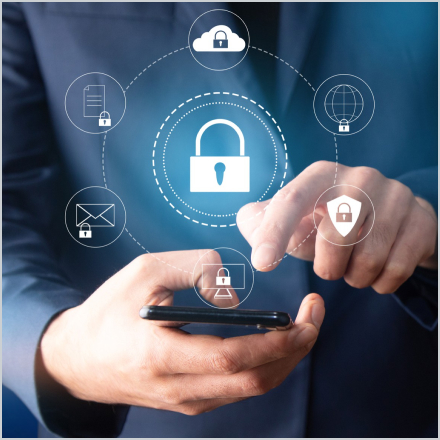
Comprehensive Protection
Enterprise security solutions cover all layers of cybersecurity, from physical security to network, endpoint, application, and data security.

Integration and Scalability
These solutions are designed to integrate seamlessly with existing IT infrastructures and scale to accommodate the growing needs of the organization.

Advanced Threat Management
They offer sophisticated tools and techniques for detecting and mitigating advanced threats, ensuring that enterprises can stay ahead of evolving cyber risks.
Examples of Enterprise-Level Security Tools and Services
Security Information and Event Management (SIEM)
SIEM systems collect and analyze security-related data from various sources across the enterprise. They provide real-time monitoring, correlation, and analysis of security events, helping organizations detect and respond to threats quickly.
Security Operations Center (SOC)
A SOC is a centralized unit that continuously monitors and improves an organization’s security posture. It employs a team of cybersecurity experts who analyze and respond to security incidents, ensuring rapid and effective mitigation of threats.
Advanced Threat Protection (ATP)
ATP solutions use advanced technologies, such as machine learning and behavioral analysis, to detect and prevent sophisticated cyber attacks. They protect against threats like zero-day exploits, targeted attacks, and advanced malware.
Endpoint Detection and Response (EDR)
EDR solutions provide continuous monitoring and response capabilities for endpoints, such as computers and mobile devices. They detect and investigate suspicious activities and automatically respond to potential threats to prevent damage.
Data Loss Prevention (DLP)
DLP solutions monitor and control the movement of sensitive data across the network. They prevent unauthorized access, transfer, or sharing of confidential information, ensuring compliance with data protection regulations.
Identity and Access Management (IAM)
IAM solutions manage user identities and control access to critical resources. They enforce security policies, implement multi-factor authentication (MFA), and ensure that only authorized users can access sensitive systems and data.
Cloud Security Solutions
With the increasing adoption of cloud services, enterprise security solutions include tools to protect cloud environments. These solutions secure cloud infrastructure, applications, and data, ensuring compliance with security standards and regulations.
Benefits of Adopting Enterprise Security Solutions for Businesses
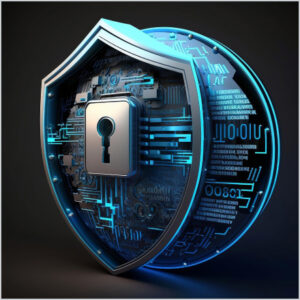
Enhanced Security Posture
Enterprise security solutions provide comprehensive protection against a wide range of threats. By implementing advanced tools and techniques, organizations can significantly reduce their risk of cyber attacks and data breaches.

Improved Threat Detection and Response
With real-time monitoring and advanced threat intelligence capabilities, enterprises can quickly identify and respond to security incidents. This minimizes the impact of attacks and reduces the time to recovery.

Regulatory Compliance
Enterprise security solutions help organizations comply with industry-specific regulations and standards, such as GDPR, HIPAA, and PCI DSS. Compliance ensures that businesses avoid legal penalties and maintain customer trust.

Scalability and Flexibility
These solutions are designed to scale with the organization, accommodating growth and changing security needs. They offer flexible deployment options, including on-premises, cloud, and hybrid models, to fit the enterprise’s infrastructure.

Cost Savings
While corporate network security solutions require an initial investment, they can lead to significant cost savings in the long run. By preventing costly data breaches, minimizing downtime, and avoiding regulatory fines, these solutions provide a strong return on investment.

Operational Efficiency
Integrated and automated security processes streamline security operations, reducing the burden on IT staff. This allows security teams to focus on strategic initiatives and improve overall operational efficiency.

Reputation Protection
Maintaining a strong security posture protects an organization’s reputation. By preventing data breaches and ensuring the security of customer information, businesses can build and maintain trust with their clients and partners.
In summary, enterprise security solutions offer a holistic approach to cybersecurity, providing the tools and services necessary to protect large organizations from sophisticated cyber threats. By adopting these solutions, businesses can enhance their security posture, ensure compliance, and achieve long-term operational and financial benefits.
Work with Our
24/7/365 Cyber Team
What Should I Look for in a Cybersecurity Solution?

Choosing the right cybersecurity solution for your business is crucial to ensuring robust protection against a wide array of threats. With the growing complexity of cyber threats, it’s important to select a solution that not only meets your current needs but can also adapt to future challenges. Here are the key factors to consider:
Scalability
- Growth Adaptability: The solution should be able to scale with your business as it grows. This includes handling an increasing number of devices, users, and data without compromising performance.
- Flexible Licensing: Look for solutions that offer flexible licensing models, allowing you to add or remove features as needed.
Ease of Integration
- Compatibility: Ensure the solution is compatible with your existing IT infrastructure, including hardware, software, and network configurations.
- Flexible Licensing: Look for solutions that offer flexible licensing models, allowing you to add or remove features as needed.
Comprehensive Protection
- Multi-Layered Security: The solution should offer protection across multiple layers of cybersecurity, including network, endpoint, application, and data security solutions.
- Advanced Threat Detection: Features such as real-time monitoring, behavioral analysis, and machine learning can help detect and respond to sophisticated threats.
- Incident Response: Built-in incident response capabilities allow for swift action in the event of a security breach, minimizing damage and recovery time.
User-Friendliness
- Intuitive Interface: An easy-to-use interface ensures that your IT team can manage and monitor security effectively without extensive training.
- Automation: Automated tasks, such as patch management and threat remediation, can reduce the burden on your IT staff and ensure timely updates and responses.
Importance of Vendor Reputation and Support
Vendor Reputation
- Track Record: Research the vendor’s history and reputation in the cybersecurity industry. Look for case studies, customer testimonials, and independent reviews to gauge their effectiveness and reliability.
- Industry Recognition: Vendors with industry certifications and awards are often more trustworthy and have proven their capabilities in the field.
Support and Service
- 24/7 Support: Cyber threats can occur at any time, so it’s important to choose a vendor that offers round-the-clock support.
- Professional Services: Consider vendors that provide professional managed security services such as security assessments, implementation assistance, and training programs to help you get the most out of your cybersecurity investment.
- Customer Success: A vendor committed to customer success will provide ongoing support, regular updates, and proactive communication to ensure your cybersecurity solution continues to meet your needs.
Cost Considerations and ROI
Initial Costs
- Licensing Fees: Understand the cost structure of the solution, including any upfront licensing fees and recurring subscription costs.
- Implementation Costs: Factor in the costs associated with deploying the solution, including hardware, software, and any necessary upgrades to your existing infrastructure.
Operational Costs
- Maintenance and Support Fees: Consider the ongoing costs for maintenance, support, and regular updates.
- Resource Allocation: Evaluate the time and resources required to manage and maintain the solution, including any potential need for additional IT staff or training.
Return on Investment (ROI)
- Risk Reduction: Calculate the potential savings from reduced risk of data breaches, downtime, and compliance penalties. A robust cybersecurity solution can prevent costly incidents and protect your business’s reputation.
- Efficiency Gains: Automated features and streamlined management can lead to significant efficiency gains, allowing your IT team to focus on more strategic initiatives.
- Compliance Benefits: Ensuring compliance with industry regulations can avoid fines and improve trust with customers and partners, contributing to overall business success.
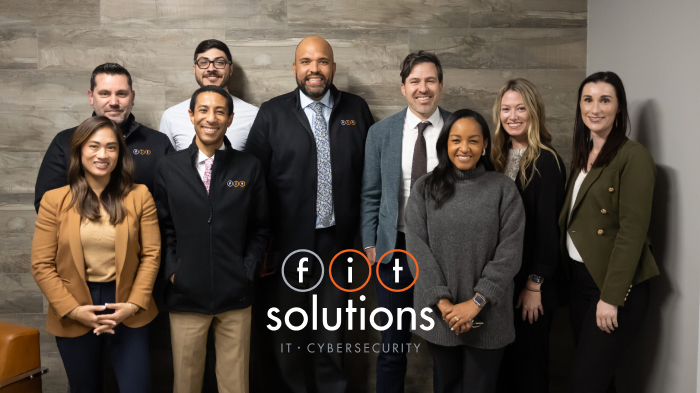
Contact us now and let’s get started!











